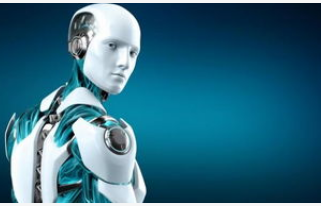What are the requirements for sensors in intelligent robots?
The external sensors of a smart robot can be roughly divided into mechanical sensors, tactile sensors, proximity sensors, vision sensors, slide sensors, and thermal sensors. Sensors are an essential part of a smart robot. For each link, sensors are It is very important to look at it this way, intelligent robots have very strict requirements on sensors. Here are some specific requirements for sensors on intelligent robots:

The first thing to pay attention to is accuracy and other issues. For intelligent robots, sensors need to have high accuracy, high reliability, and good stability. With the help of the sensing system, the intelligent robot autonomously completes the tasks specified by humans. If the accuracy of the sensor is poor, it will directly affect the robot's operating quality. If the sensor is unstable or unreliable, it may easily cause the intelligent robot to fail. As a result, the work cannot run normally, and severe cases can cause serious accidents. Therefore, the reliability and stability of sensors are the most demanding requirements of intelligent robots.
The second is anti-interference ability. Since the sensors of intelligent robots often work in unknown environments, the sensors are required to have anti-interference ability in harsh environments such as electromagnetic interference, vibration, dust and grease. Light weight and small size are also the requirements for sensors on the robot. For sensors installed on moving parts such as the robot arm, the weight must be light, otherwise the damage of the moving parts will be increased and the robot's motion performance will be affected. For a robot with a limited work space, the requirements for volume and installation orientation are also essential.
Finally, the most indispensable point is the problem of sensor installation. The safety of intelligent robots is first of all its self-protection. On the other hand, it is the measures taken by robots to protect human safety from violations. When working, humans always use their sensory feedback to control the use of muscle strength not exceeding the capacity of bones and tendons. Similarly, during the work of the robot, the force and torque sensors are used to detect and control the force of each component, so that each component does not exceed its force limit, thereby protecting the component from being damaged. To prevent collisions between robots and surrounding objects, various tactile sensors and proximity sensors need to be used to prevent collisions. Intelligent robots serve humans. In order to protect humans from them, intelligent robots need sensors to limit their behavior.
If you want to know more, our website has product specifications for the sensors, you can go to ALLICDATA ELECTRONICS LIMITED to get more information

